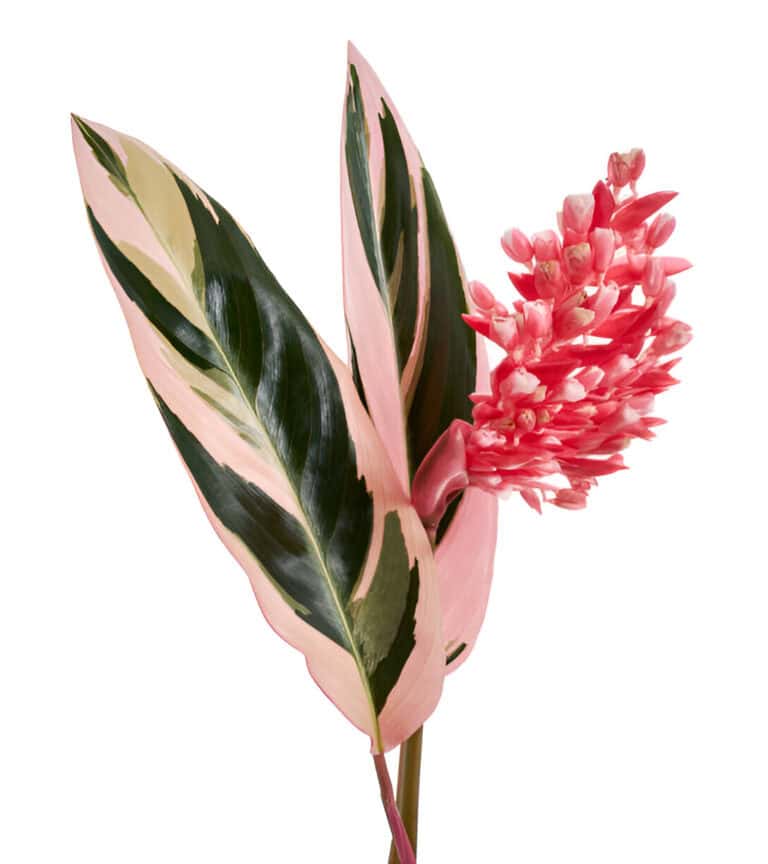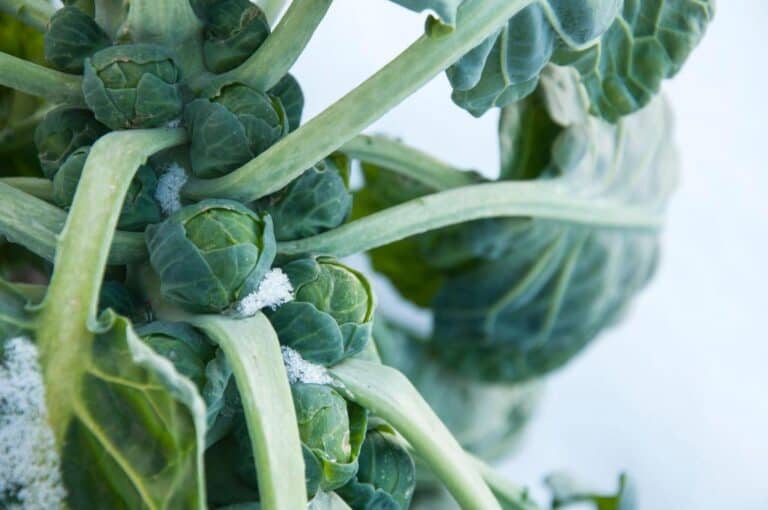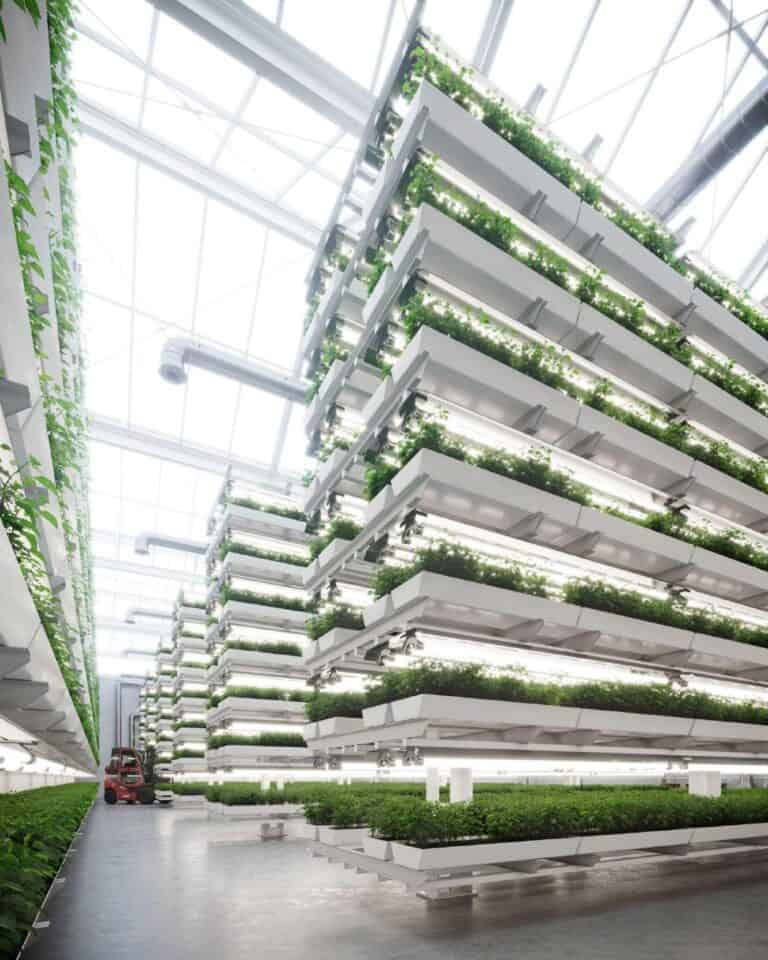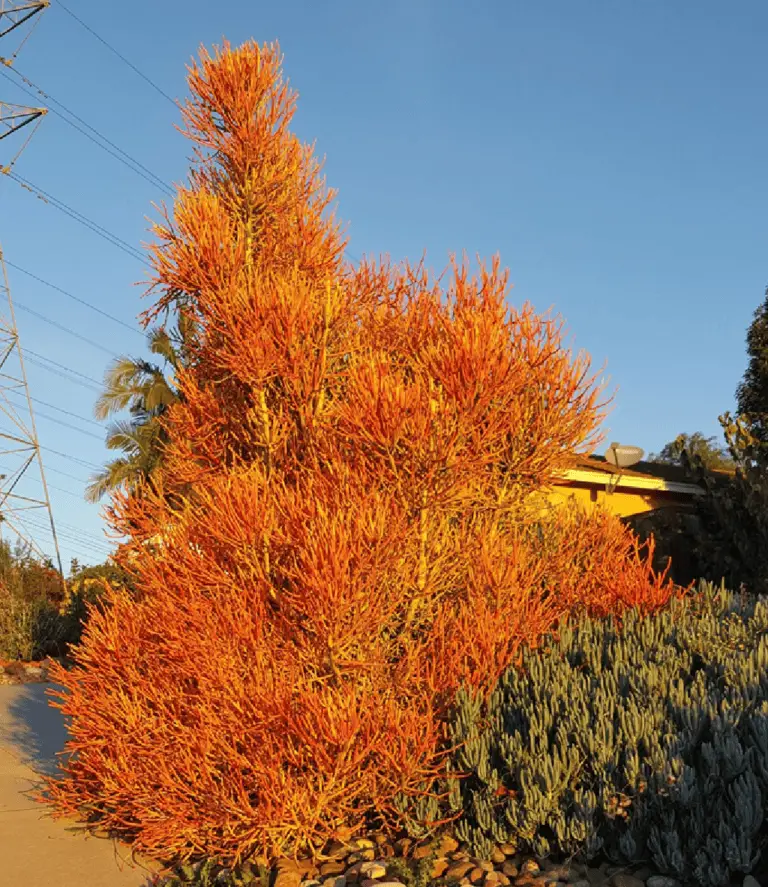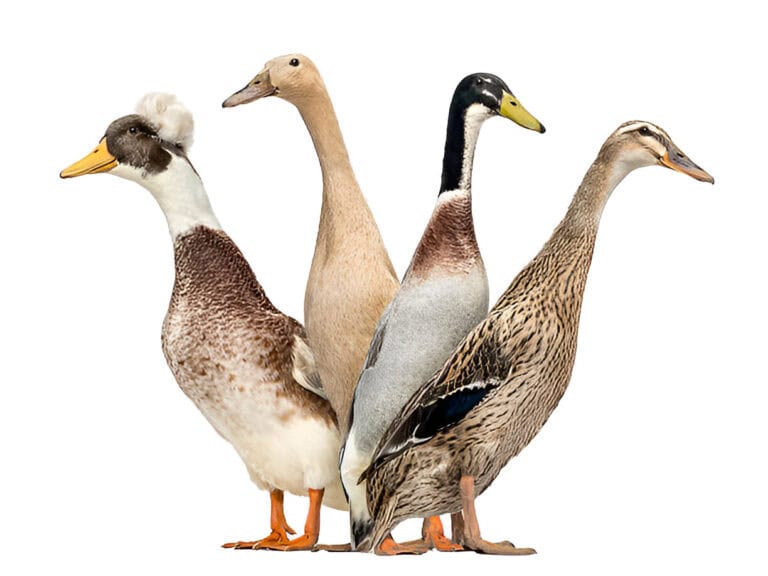Do Macadamia Nuts Ripen Off the Tree? What Every Grower Should Know

Macadamia nuts, with their rich, buttery flavor and delightful crunch, are often celebrated as one of nature’s finest treats. Have you ever wondered if these tasty nuts ripen after harvesting? Or, do they need to stay on the tree until they peak?
Studying the ripening of macadamia nuts can explain their taste and texture. It can also show the best ways to handle them for optimal flavor.
Ever wondered if a freshly harvested macadamia nut will taste better if left to ripen off the tree? Or, is it better to let it ripen on the tree?
By reading this article, you’ll discover the nuances of macadamia nut ripening and how it affects their flavor profile. You’ll gain practical tips for handling and storing macadamia nuts to ensure you enjoy them at their very best.
The Life Cycle of a Macadamia Nut: From Blossom to Harvest
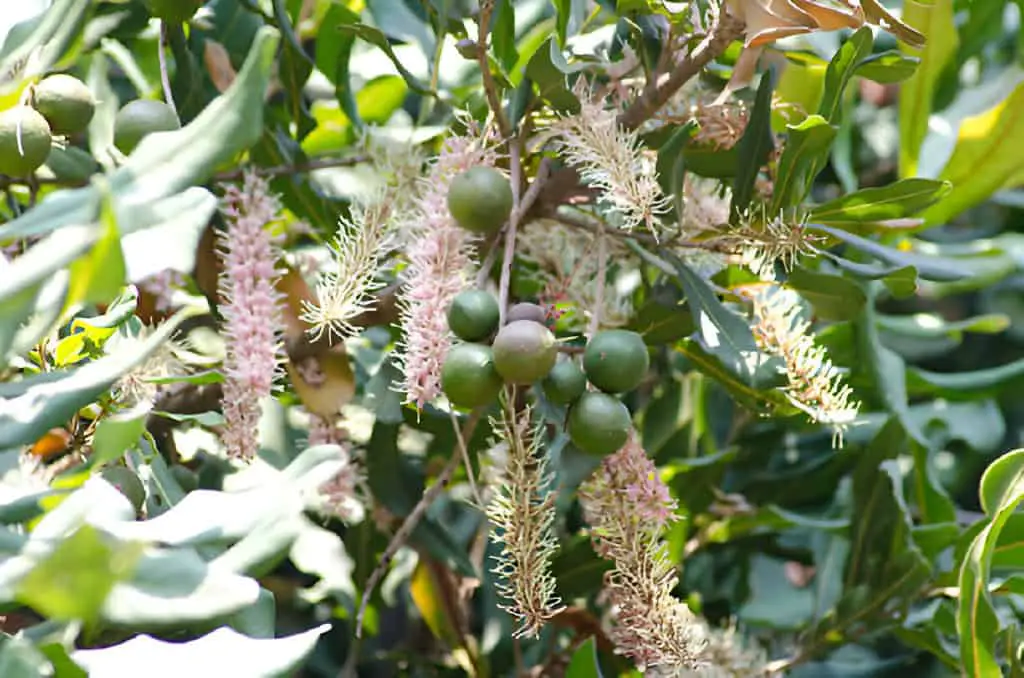
Let’s start from the beginning—macadamia nuts don’t just pop out of nowhere. They begin their journey as delicate blossoms, gracing the tree with a promise of the nutty goodness to come.
The flowers eventually give way to the nut, which develops inside a hard shell, encased in a green husk. This nut takes its sweet time maturing, which is a good lesson in patience for us growers.
But here’s the kicker: unlike some fruits that you can pick and let ripen on your kitchen counter, macadamia nuts don’t play by those rules. They have their own rhythm, and it’s up to us to catch it.
Do Macadamia Nuts Ripen Off the Tree?
The short and sweet answer? No, macadamia nuts do not ripen off the tree. These nuts are stubborn in the best way possible. They hang on until they’re fully mature, refusing to ripen if plucked prematurely. It’s like they know they’re special and won’t settle for anything less than perfection.
Why Don’t They Ripen Off the Tree?
Macadamia nuts develop their full flavor and oil content while still attached to the tree. If you pick them too early, they won’t have that rich, buttery taste we all love. Instead, you’ll get a nut that’s more bland and lacking in texture.
The tree provides everything the nut needs to reach its peak—sunlight, nutrients, and time. It’s a bit like baking a cake; if you pull it out of the oven too soon, it just won’t taste right.
When to Harvest Macadamia Nuts: Timing is Everything
If you can’t rely on post-picking ripening, you have to get the timing right when harvesting. Here’s what I’ve learned from my experience.
Signs It’s Time to Harvest
- Natural Drop: The biggest indicator that macadamia nuts are ready is when they naturally drop from the tree. Nature’s way of saying, “Hey, I’m done here!”
- Brown Husk: If you’re checking the nuts still on the tree, look for the outer husk to turn brown and dry. This means the nut inside is mature.
- Rattle Test: Give the nut a shake. If you hear the kernel rattling inside, it’s ready for harvest. No rattle? It needs more time on the tree.
Once you notice these signs, it’s go time. But remember, even though the nut has dropped or is showing all the right signs, the work isn’t done just yet.
The Harvesting Process: Bringing the Nuts In
So, you’ve determined your macadamia nuts are ready to be harvested. What’s next? Let’s walk through the process.
Step-by-Step Harvesting Guide
- Gather the Fallen Nuts: Start by collecting any nuts that have fallen to the ground. These are your prime candidates for a delicious harvest.
- Shake the Tree: If you’re impatient (like I often am), you can give the tree a gentle shake to encourage any lingering nuts to fall.
- Husk Removal: Once you’ve gathered your nuts, remove the outer husk. This can be done by hand or with a mechanical husker. The sooner you do this, the better, as leaving the husk on too long can lead to mold.
- Drying the Nuts: After husking, the nuts need to be dried to reduce their moisture content. Spread them out in a single layer in a well-ventilated area. It’s best to avoid direct sunlight, as this can cause the nuts to dry unevenly.
Post-Harvest: The Final Steps to Enjoying Your Nuts
Now that you’ve harvested and dried your macadamia nuts, it’s time for the final steps before they’re ready to enjoy.
The Importance of Curing
Curing is the process of letting the nuts sit and continue to dry out. This step is crucial. It lets the nuts develop their full flavor. It also reduces their moisture, which helps with storage.
- Curing Time: I usually cure my macadamia nuts for about two to three weeks. This might seem like a long time, but trust me, it’s worth it. The nuts become more flavorful and easier to crack open.
- Storage Tips: Once cured, store your macadamia nuts in a cool, dry place. If you’ve got more than you can eat in a short time, keep them in the refrigerator or freezer to extend their shelf life.
Common Mistakes and How to Avoid Them
Gardening is as much about learning from mistakes as it is about successes. Here are some pitfalls I’ve stumbled upon while growing macadamia nuts—and how you can avoid them.
Mistake #1: Harvesting Too Early
I learned the hard way that impatience doesn’t pay off. Harvesting nuts before they’re fully mature means they won’t ripen or develop the rich taste we’re all after. Resist the urge to pick them early, even if they look ready. Trust the tree—it knows when the nuts are good to go.
Mistake #2: Skipping the Drying Process
In my early days, I skipped drying, thinking it was unnecessary. Big mistake. Nuts that aren’t dried properly can spoil, grow mold, or have a bland taste. Take the time to dry them out; your taste buds will thank you.
Mistake #3: Improper Storage
After all that hard work, the last thing you want is to ruin your harvest with bad storage. Keep your macadamia nuts in a cool, dry place, and if you’re storing them long-term, the fridge or freezer is your best friend. This prevents them from going rancid.
A Quick Look at Different Macadamia Varieties
Not all macadamia nuts are created equal. Different varieties have slightly different characteristics, and knowing which one you’re growing can help you understand its specific needs. Here’s a quick breakdown:
| Variety | Characteristics | Best for |
| Macadamia integrifolia | Smooth-shell variety, sweet flavor, and high oil content | Raw consumption, cooking |
| Macadamia tetraphylla | Rough-shell variety, slightly lower oil content | Baking, roasting |
| Hybrid Varieties | A mix of integrifolia and tetraphylla, combining traits | Versatile culinary use |
Each variety has its charm, so knowing what you have can enhance your growing and harvesting techniques.
Why I Love Growing Macadamia Nuts
Growing macadamia nuts has been one of the most rewarding experiences in my gardening journey. It’s not just about the nuts themselves—though they are delicious—it’s about the patience and care required to grow them.
Nurturing these trees is deeply satisfying. I enjoy watching them grow. Finally, I reap the fruits (or, in this case, nuts) of my labor.
Plus, there’s a certain pride in offering someone a handful of macadamia nuts and being able to say, “I grew these.” It’s like sharing a little piece of your hard work and dedication. And let’s be honest, macadamia nuts are expensive in stores, so growing your own feels like you’ve hit the jackpot.
Conclusion: The Final Nut to Crack
So, do macadamia nuts ripen off the tree? The answer is a firm no, but that’s not a bad thing. It just means you need to be in sync with your tree, understanding its signals, and harvesting at just the right time.
Growing macadamia nuts requires patience and attention, but the rewards are more than worth it. There’s nothing quite like the taste of a perfectly ripened macadamia nut, and knowing that you were part of that process makes it even sweeter.
If you’re thinking about growing macadamia nuts, my advice is to go for it. Embrace the challenge, learn as you go, and don’t rush the process. After all, good things come to those who wait—and these nuts are very, very good.

